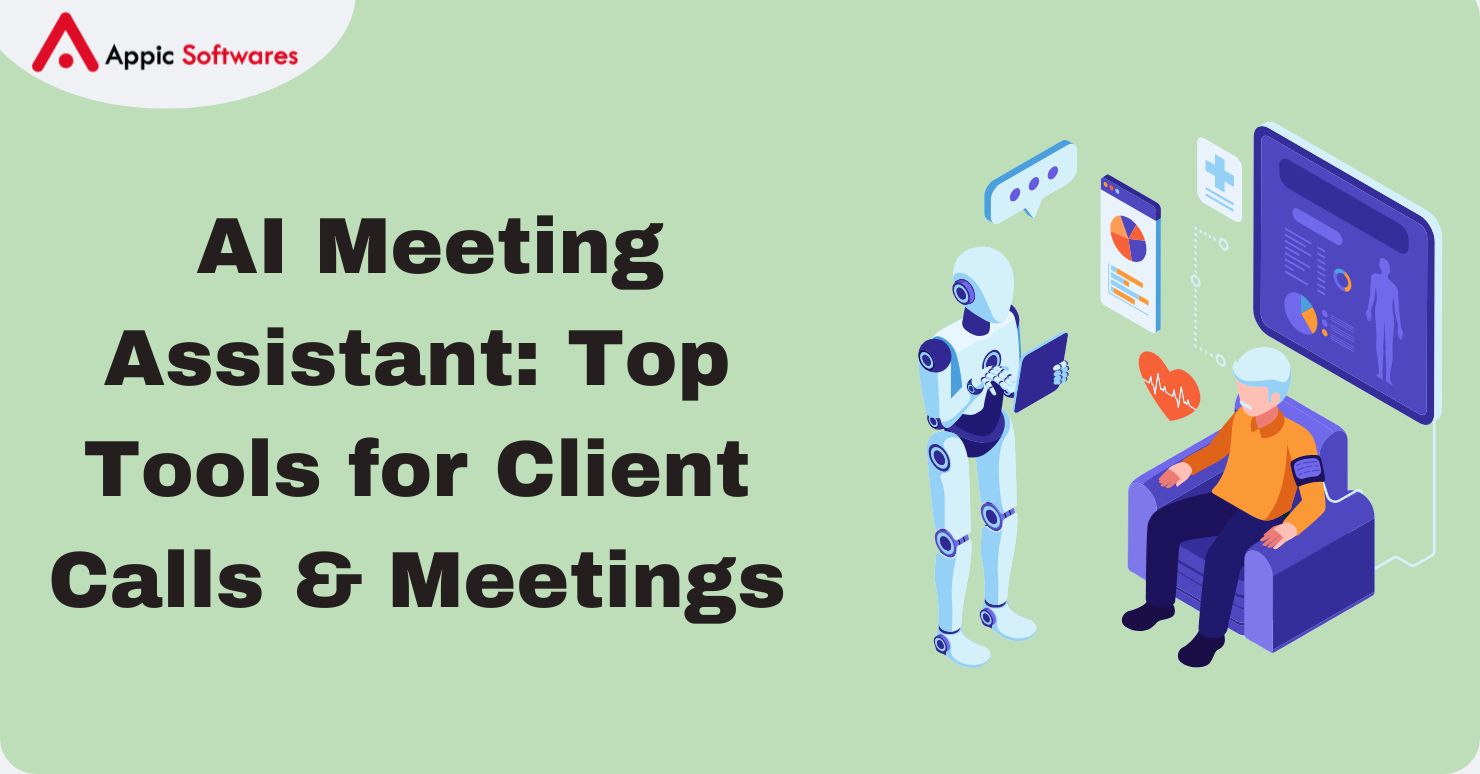
Although AI is still in its early stages, its advantages are already evident. According to our data, more than 90% of AI-enabled organizations experience time and cost reductions. Because of the development of technologies like autonomous agents, we are currently on the cusp of a significant advancement in automated customer service.
Let’s first clarify what we are discussing, though. Autonomous agents in AI can understand and respond to consumer queries without human intervention. Unlike pre-set software, autonomous agents can adapt to changing situations, making them ideal for demanding customer care tasks.
Let’s review how these autonomous agents in AI work, what they can do, and how you can include them in your customer service plan.
What Are Autonomous Agents in AI?
Autonomous agents, as used in generative AI development, are systems driven by large language models (LLMs) – the connections they make between ideas will represent a group of actions that are intended to give the intended goal. The main difference between autonomous agents hence generative AI is that the first one may use tools and memory to do several tasks at the sam
e time, without the need for direct human intervention.
The tools that autonomous agents use represent the exact information stores they are looking for and are used as responses based on a prompt. These may consist of the LLM development for the system or outside resources like databases, webpages, or other knowledge bases. Past interactions of an autonomous agent with a prompt and its corresponding outputs are known as memory.
These autonomous agents can access and recall this memory and answer with it to the tasks in a more contextually appropriate manner. Such capabilities as LLMs working systems or agents that can be self-directed to perform a set of operations they are informed of by memory and outside resources are together obtained through a company engaged in AI agent development.
How Do Autonomous Agents In AI Work?
A variety of cutting-edge technologies, including machine learning, natural language processing (NLP), and data analysis, are used by autonomous agents to operate. Let’s examine their operation in more detail:
Perception And Gathering Of Information
The first step for autonomous agents is to collect information from several sources, including external databases, transaction histories, and consumer interactions. In order to comprehend the context of each activity and make wise judgments, this data collection is essential.
Making Decisions
Autonomous agents examine the gathered data using machine learning techniques to spot trends and forecast results. They make decisions that support their objectives using this information. An autonomous customer service assistant might, for instance, look at previous exchanges to figure out how to best answer a customer’s question.
Execution Of An Action
Following decision-making, the agent takes the required steps to accomplish the intended result. This could entail processing orders, responding to inquiries from clients, or elevating complicated problems to human agents. A seamless client experience is ensured by the execution process’s fast and seamless design.
Adaptation And Learning
The capacity of autonomous agents to learn from every interaction is one of their primary characteristics. To enhance performance over time, they constantly update their knowledge base and hone their algorithms for making decisions. They can manage a growing variety of activities and situations because of their versatility.
Benefits Of Autonomous Agents In AI

The potential for autonomous agents to significantly improve performance, scalability, and productivity is enormous. Let’s examine the advantages.
Productivity And Efficiency
Businesses can drastically cut labor expenses by automating processes, especially those that are routine or repetitive. AI agents can work continuously and without getting tired, which increases production.
Risk Reduction And Safety
Autonomous agents can reduce human mistakes, which lowers accidents and increases safety in industries like manufacturing and transportation. Autonomous agents can function in dangerous situations (such as deep-sea research or disaster areas) without posing a threat to human life.
Adaptability And Scalability
Scaling autonomous agents across different applications is simple and doesn’t require corresponding resource increases. These agents are flexible for changing requirements since they can adjust to shifting circumstances, gain knowledge from mistakes, and gradually enhance performance.
Swarm Intelligence
A multi-agent framework, which is similar to container technology in software development, consists of coordinating several independent agents to cooperate, simulating natural behavior that maximizes problem-solving (e.g., insects or animals working together).
How To Pick the Best Autonomous AI Agent
The key to the company’s future success is selecting the best autonomous AI agent and you should know AI agent development cost. A few factors need to be taken into account.
Step 1: Needs For Organization
You must be aware of your company’s unique requirements to select the best artificial intelligence agent. The range of tasks that the agent is capable of handling must be specified. You need to know what the autonomous agent will do, depending on whether you’re searching for a co-pilot for programming, a data analyst helper, or a customer service agent.
Step 2: Investigation And Assessment
You can begin looking into the many possibilities for autonomous AI agents, their costs, and their capabilities after you are aware of your unique requirements. After that, you can evaluate several solutions and consider how your company might benefit from them. Lastly, you can match particular capabilities to your needs, such as machine learning, natural language processing, etc.
Step 3: Scalability And Integration
When choosing an agent, you should also think about how quickly it can be connected with your current developer tools or processes. You should also consider the expansion of the business and the future. Be sure to select an agent that can grow with the demands of consumers.
Step 4: Limitations And Compliance
You should consider the technological constraints of the AI agent you choose. Such as its incapacity to deal with problems that call for knowledge. It might occasionally be challenging to comprehend the agent’s decision-making process. Additionally, you must ensure that the agent always operates within moral and legal guidelines, particularly about AI biases.
To make sure your business can benefit the most from autonomous AI, it is crucial to carefully select the agent.
Future Of Autonomous Agents In AI
With the rapid pace of AI advancements, autonomous agents are poised to become integral to daily life. Currently, these agents are primarily utilized by tech-savvy users and forward-thinking businesses. However, according to industry reports, autonomous AI agents are expected to reach mainstream adoption within the next three to five years.
These agents have the potential to transform everyday tasks, such as handling customer service inquiries or ordering a pizza, into seamless automated experiences.
For example, self-driving cars equipped with autonomous AI agents capable of decision-making are already in use and are anticipated to see wider acceptance shortly.
The global AI agents market is projected to grow from USD 5.1 billion in 2024 to USD 47.1 billion by 2030, with a compound annual growth rate (CAGR) of 44.8% during this period.
While autonomous AI agents promise a wave of innovation across industries, their full potential remains to be seen. They can revolutionize business operations, enhance decision-making, and boost overall efficiency. As these technologies continue to advance, their integration into both our professional and personal lives is becoming increasingly likely. Monitoring their progress is crucial, as they have the potential to transform our interactions with technology.
Conclusion
Artificial intelligence agents that are capable of operating independently will cause significant changes across the sector as they do not need to be operated by people. These intelligent systems, which will have the function of reason and appeal to the consumer more sharply, will possess a greater depth of knowledge and context when making decisions. Virtually conversational multi-agent systems would increase their impact exponentially by running in collaboration.
The role of fair AI and ethical issues will become the central topic of every technological forum. This, in return, will make these agents cultivate themselves by being responsible, fair, and transparent. The very fact that autonomous machines start to disappear from their former place remains a sign of the life-integrating technology era. They are now the ones who attend and work daily. The revolution spreads the change of the manual system of tasks and enhancing skills but is far from the replacem
ent main idea of the AI technology constructions.
Thus, the revolution of AI affects not only the working but also the lives of the people. A society of AI agents is the future of technology—are you ready to jump in? Would you like to get on board with your business by getting this breakthrough contribution from the Appic Softwares, the leading AI software app development company? Transitioning into fully autonomous AI helps build momentum for the future and maximizes the productivity of your business through the process of upgrading operations by applying revolutions in technology.
Do not hesitate to contact us to kick off the journey towards your business. efficiency and smartness!
FAQs
1. What Industries Can Benefit the Most from Autonomous Agents in AI?
Across sectors including consumer service, healthcare, transportation, manufacturing, logistics, retail, and finance, autonomous agents can be quite valuable. Increased efficiency results from their automation of repetitive tasks, improvement of decision-making, and insights.
2. How Do Autonomous Agents Differ From Traditional AI Systems?
Autonomous agents are self-directed unlike conventional artificial intelligence systems depending on predefined rules or limited learning capacity. To reach particular goals, they can independently run activities, use tools and memory, and adjust to changing surroundings.
3. Are Autonomous Agents Secure to Use?
Agent design and execution determine security’s outcome. To protect private data handled by these agents, strong security systems, encryption, and data privacy laws must be followed.
4. Can Autonomous Agents Replace Human Jobs?
Autonomous agents are designed to augment human abilities, not replace them entirely. While they may automate repetitive or dangerous tasks, they allow humans to focus on creative, strategic, and complex problem-solving roles.








